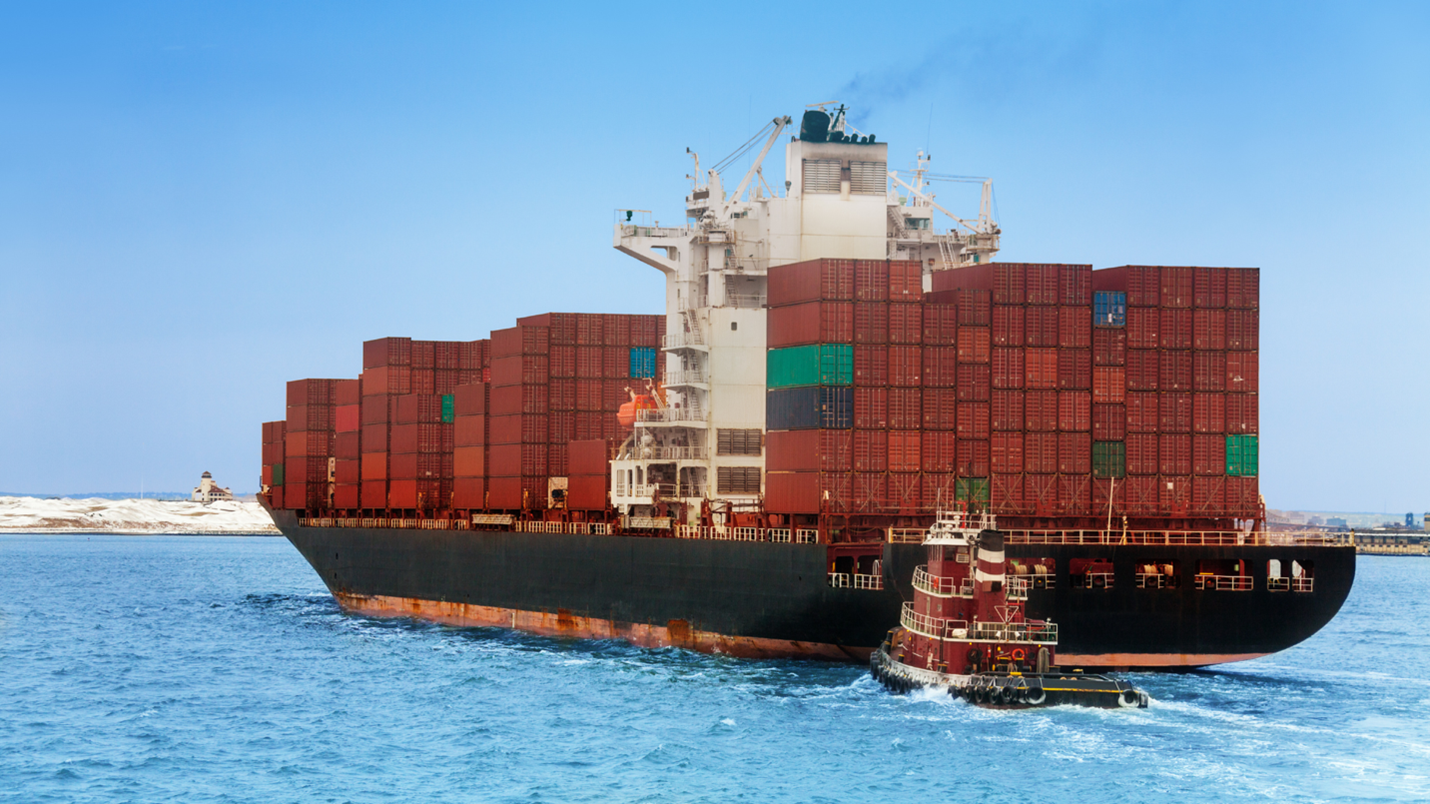Best Practices When Transporting Dangerous Goods by Vessel Ship

Transporting dangerous goods by vessel requires careful consideration and adherence to stringent safety protocols to mitigate risks and ensure the well-being of personnel and the environment. In this blog, we’ll explore the best practices shippers and organizations should follow when transporting dangerous materials by sea.
Compliance with International Regulations
First and foremost, compliance with international regulations is paramount. Adhering to guidelines such as the International Maritime Dangerous Goods (IMDG) Code ensures that the transportation process meets globally recognized safety standards.
Proper Documentation
Accurate and comprehensive documentation is crucial when shipping dangerous goods. Ensure all required paperwork, including the Dangerous Goods Declaration, accompanies the shipment. This documentation provides essential information about the nature of the goods, potential hazards, and emergency response procedures.
Adequate Packaging and Labeling
Choose appropriate packaging that meets the specific requirements for each type of dangerous good. Correct labelling is equally critical to conveying information about the contents, associated risks, and emergency response measures. Following the proper labelling and packaging standards helps prevent accidents during transport.
Employee Training
Invest in thorough training for personnel involved in the transportation process. Ensuring that staff members are well-versed in handling dangerous goods, understanding emergency procedures, and using protective equipment is fundamental to a safe and secure shipping operation.
Emergency Response Planning
Developing a robust emergency response plan is essential. This plan should outline procedures for dealing with incidents, including leaks, spills, or accidents. Adequate training and regular drills will prepare the crew to respond promptly and effectively in an emergency.
Proper Stowage and Segregation
Proper stowage and segregation practices are critical when loading cargo onto a ship. Goods with incompatible properties must be stored separately to avoid potential chemical reactions. Adhering to these practices reduces the risk of accidents and ensures the safety of the vessel and its crew.
Use of Technology
Leveraging technology can enhance safety during the transportation of dangerous goods. Implement tracking systems, monitoring devices, and communication tools to monitor the real-time shipment status. Technology aids in proactive decision-making and quick response to any unforeseen circumstances.
Conclusion
Transporting dangerous goods by vessel demands a meticulous approach, strict adherence to regulations, and continuous commitment to safety. By implementing these best practices, shippers and organizations can navigate the seas safely with the guidance of the experts at Global Hazmat. This ensures the protection of lives, the environment, and assets throughout the entire journey.
Global Hazmat’s expertise in dangerous goods transportation adds an extra layer of assurance, providing shippers with the knowledge and support needed to uphold the highest safety and compliance standards at sea.
